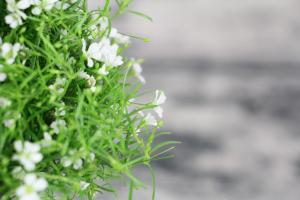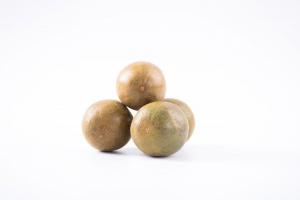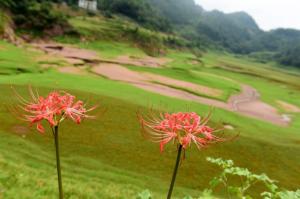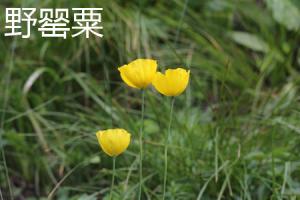Introduction
Chestnut trees are native to Asia, Europe, and North America, and they are widely grown for their nuts, wood, and ornamental value. Planting the right type of chestnut tree is crucial to ensure that you get the desired results. In this article, we will discuss the types of chestnut trees suitable for different purposes and growing conditions.
Chinese Chestnut Trees
Chinese chestnut trees (Castanea mollissima) are popular for their sweet-tasting nuts, which are larger than those of American chestnuts. Chinese chestnut trees can grow up to 40 feet tall and 50 feet wide, and they are hardy in zones 4-9. They prefer well-drained soil and full sun exposure. Chinese chestnut trees are popular for backyard orchards, as well as commercial production. They are resistant to chestnut blight, but they are susceptible to root rot in poorly-drained soil.
American Chestnut Trees
American chestnut trees (Castanea dentata) are native to North America and were once widespread before being decimated by chestnut blight. American chestnut trees can grow up to 100 feet tall and 50 feet wide, and they prefer well-drained soil and full sun exposure. American chestnut trees are being bred to be resistant to chestnut blight and are being reintroduced into the wild. They are also suitable for use in landscaping, as they have a beautiful, drooping habit and produce edible nuts.
Japanese Chestnut Trees
Japanese chestnut trees (Castanea crenata) are native to Japan and produce small, sweet nuts that are easy to peel. Japanese chestnut trees can grow up to 50 feet tall and 40 feet wide and prefer well-drained soil and full sun exposure. They are hardy in zones 5-9 and are resistant to chestnut blight. Japanese chestnut trees are suitable for use in orchards, as well as in landscaping, as they have a beautiful, spreading habit.
European Chestnut Trees
European chestnut trees (Castanea sativa) are native to Europe and produce sweet, starchy nuts that are consumed both raw and cooked. European chestnut trees can grow up to 80 feet tall and 40 feet wide and prefer well-drained soil and full sun exposure. They are hardy in zones 5-9 and are resistant to chestnut blight. European chestnut trees are suitable for use in orchards and landscaping, as they have a beautiful, upright habit and produce edible nuts.
Hybrid Chestnut Trees
Hybrid chestnut trees are created by crossing different species of chestnut trees. They are often bred to produce larger nuts, as well as to be resistant to chestnut blight and root rot. Hybrid chestnut trees can exhibit characteristics of both parent species and can vary greatly in size and shape. They prefer well-drained soil and full sun exposure and can be hardy in zones 4-9, depending on the parent species. Hybrid chestnut trees can be suitable for use in orchards and landscaping, as they have varying growth habits and produce edible nuts.
Conclusion
In conclusion, the type of chestnut tree you plant depends on what you want to use it for and the growing conditions of your area. Chinese chestnut trees are suitable for backyard orchards and commercial production, while American chestnut trees are being reintroduced into the wild and are suitable for use in landscaping. Japanese chestnut trees produce small, sweet nuts and are suitable for use in orchards and landscaping. European chestnut trees produce sweet, starchy nuts and are suitable for use in orchards and landscaping. Hybrid chestnut trees can exhibit characteristics of both parent species and can vary greatly in size and shape, making them suitable for use in orchards and landscaping.

 how many times do yo...
how many times do yo... how many planted tre...
how many planted tre... how many pine trees ...
how many pine trees ... how many pecan trees...
how many pecan trees... how many plants comp...
how many plants comp... how many plants can ...
how many plants can ... how many plants and ...
how many plants and ... how many pepper plan...
how many pepper plan...































